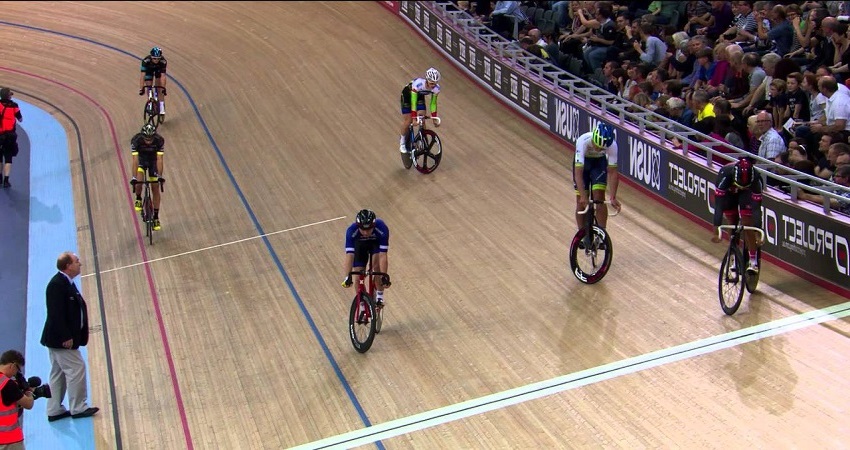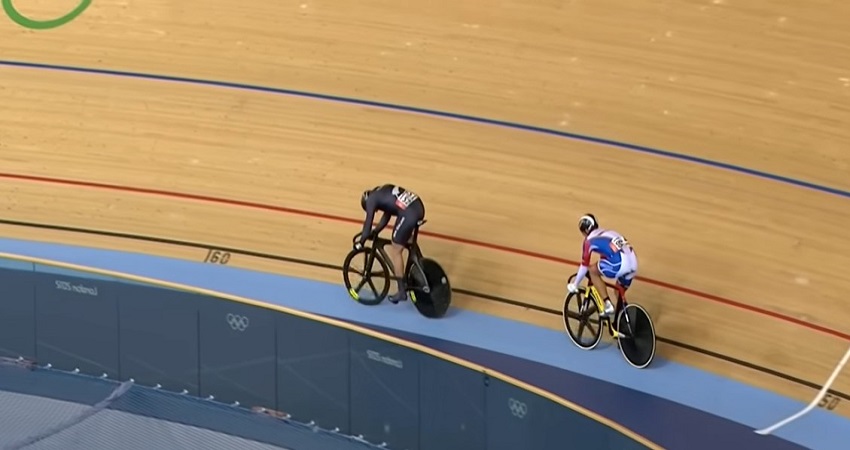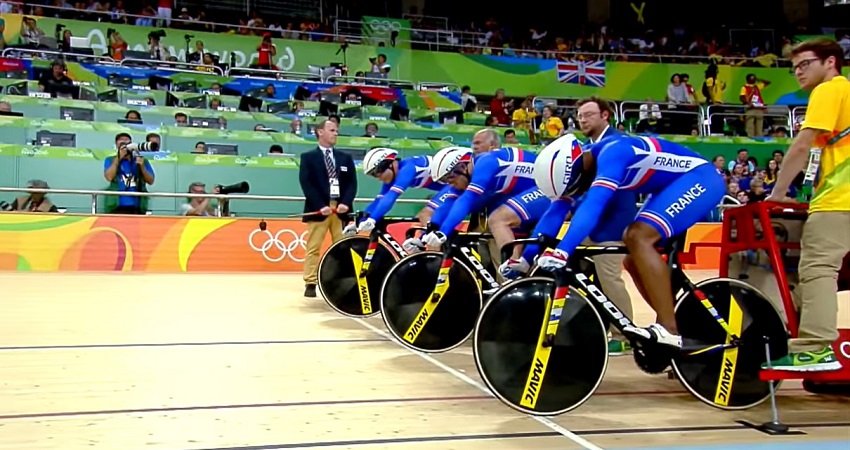
A velodrome bike is designed specifically for riding on a track, while a road bike is built for riding on paved roads. Velodrome bikes are built with fixed gears and no brakes, allowing riders to achieve high speeds on the steeply banked curves of a velodrome track.
Road bikes, on the other hand, have multiple gears and brakes for handling varying terrain and traffic. They are designed with lighter frames, thinner tires, and more comfortable geometry for long-distance rides. While both bikes are used for competitive cycling, velodrome bikes are commonly seen in track racing events, while road bikes are popular for recreational cycling, endurance races, and road racing competitions.
Each bike serves a distinct purpose and offers specific features optimized for their respective riding environments.
Velodrome Bike Vs Road Bike
Velodrome bikes and road bikes are two popular types of bicycles that serve different purposes and are designed for specific uses. Understanding the differences between these bikes can help you make an informed decision about which one is best suited for your needs. In this article, we will explore the design differences, purpose and usage, speed and efficiency, handling and control, and training and skill requirements of velodrome bikes and road bikes.
Design Differences
Velodrome bikes are specifically designed for track cycling on indoor velodrome tracks. They have a sleek and minimalist design with a rigid frame and drop handlebars. These bikes are often made of lightweight materials, like carbon fiber, to maximize speed and agility on the velodrome.
On the other hand, road bikes are designed for riding on paved roads and offer a more versatile design. They feature a slightly more relaxed geometry with a curved handlebar for a more comfortable riding position. Road bikes are usually constructed with lightweight frames and come equipped with multiple gears to handle various terrains and speed requirements.
Purpose And Usage
Velodrome bikes are exclusively used for competitive track racing on velodromes. These bikes are built for speed, as the racers compete in a controlled environment without the need for braking or maneuvering through traffic. Velodrome bikes are generally not suitable for road cycling due to their fixed gear and lack of brakes.
Road bikes, on the other hand, are versatile and can be used for various purposes. They are popular among recreational riders, commuters, and long-distance cyclists. Road bikes are designed to handle different terrains, including climbs, descents, and flat roads. They have a wide range of gears to adapt to various cycling conditions and offer the flexibility to navigate through traffic.
Speed And Efficiency
Velodrome bikes are built for maximum speed and efficiency on the track. They have a fixed gear that allows riders to maintain a constant cadence without worrying about shifting gears. The lack of brakes and the aerodynamic design of velodrome bikes contribute to their exceptional speed.
Road bikes, although not as fast as velodrome bikes on a track, are designed for efficient riding on different terrains. The multiple gears and lightweight frames of road bikes allow riders to optimize their pedaling cadence and adjust the resistance according to the riding conditions. This versatility enables road bikes to achieve high speeds on roads while ensuring efficiency and comfort.
Handling And Control
Velodrome bikes offer precise handling and control due to their rigid frame and aerodynamic design. Since there are no brakes or freewheels on velodrome bikes, riders rely solely on their legs and body position to control the bike. This requires a high level of skill and experience to navigate the velodrome safely.
Road bikes provide a more stable and predictable riding experience. They are equipped with brakes and freewheels, which offer better control and maneuverability, especially in traffic or on challenging terrain. Road bikes require less technical skill, making them suitable for riders of varying experience levels.
Training And Skill Requirements
Riding a velodrome bike requires specialized training and skills specific to track cycling. Racers must develop exceptional leg power, aerobic endurance, and efficient pedaling techniques to excel on the velodrome. Additionally, mastering the art of riding without brakes and maneuvering at high speeds necessitates extensive training and experience.
Road bikes, on the other hand, require general cycling skills and techniques that can be developed through regular riding. While training and improving fitness are essential for riding a road bike efficiently, the skill requirements are not as specialized as those for velodrome bikes.
Frequently Asked Questions Of What Is The Difference Between Velodrome Bike And Road Bike?
What Is A Velodrome Bike?
A Velodrome bike, also known as a track bike, is specifically designed for racing on a velodrome track. It has a fixed gear and no brakes, allowing riders to achieve high speeds and maneuver around the track with precision.
What Is A Road Bike?
A road bike is designed for riding on paved roads. It typically has multiple gears, a lightweight frame, and a drop handlebar for a more aerodynamic riding position. Road bikes are versatile and suitable for various terrains, including long-distance rides and racing.
What Are The Main Differences Between A Velodrome Bike And A Road Bike?
The main differences between a Velodrome bike and a road bike are the gear system, brakes, and riding style. Velodrome bikes have a fixed gear and no brakes, while road bikes usually have multiple gears and efficient braking systems. Velodrome bikes are designed for racing on a track, whereas road bikes are suitable for riding long distances on paved roads.
Which Bike Is Faster, A Velodrome Bike Or A Road Bike?
In terms of pure speed, a Velodrome bike tends to be faster than a road bike. Since it has a fixed gear and no brakes, there is less resistance and more direct power transfer. However, road bikes with multiple gears offer versatility and can achieve high speeds on the road, making them suitable for various riding conditions.
Conclusion
While both velodrome bikes and road bikes are designed for speed and performance, they have distinct differences that make them suitable for different purposes. Velodrome bikes excel in controlled track environments, providing maximum acceleration and maneuverability. On the other hand, road bikes are built for endurance and versatility, allowing riders to navigate various road conditions.
Understanding these disparities will help you choose the right bike for your specific cycling needs.




